Use Baby Dish Soap to Kill Weevils on Forsynthia Plant
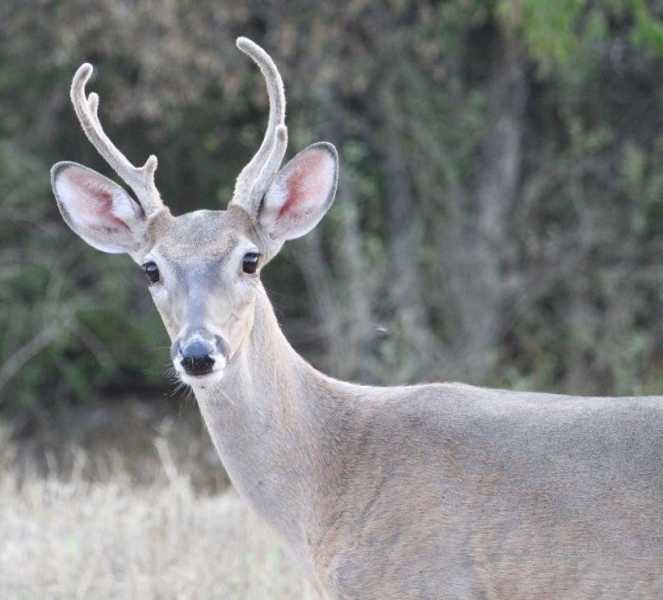 | Cadet deer |
White-tailed deer, Odocoileus virginianus, have become garden and landscape pests in many parts of the state. Encroachment of their habitat past suburban and urban development, reduced hunting, and the absence of natural predators have all added to the problem. In the wild, deer will eat the buds, leaves, and stems of many woody plants. In gardens they will swallow these every bit well equally a variety of garden plants. Patterns of damage vary from year to yr depending on weather condition, food availability, deer population density, and other factors.
Symptoms and Diagnosis
Deer can exist observed browsing during the day merely feed generally at nighttime when they often are not directly observed. Torn leaves or stalks with ragged edges are mutual every bit deer tear or jerk plants when feeding. Rabbits, woodchucks, and other pocket-size animals usually exit cleanly cut plant remains. Male deer (bucks) can also injure plants when they rub their antlers on trees. Saplings are specially vulnerable. Signs are vertical scrapes and shredded bawl on saplings, exposing the woods.
Integrated Pest Management Strategies
i. Develop a programme. Implementing a complete deercontrol program at once can exist difficult. Instead, develop a long-term plan and stage it in over fourth dimension. Consider problems with deer as one of your mural pattern considerations and provide barriers or fencing where command is disquisitional. Consult with your local municipality nearly their deer command program.
2. Alter the habitat. Deer prefer to feed at the edge of forest or other embrace. Locate desirable plants as far every bit possible from woods, castor, or other areas where deer are known to be. Deer will consume nearly any plant if they are under sufficient pressure, such equally extended snowfall cover or overcrowding, so assume that whatsoever constitute could exist damaged or destroyed nether some weather condition. Yet, information technology is prudent to use plants that are considered less favored by deer. Run across the found list which follows.
three. Scare devices. Many scare devices are noisy, and therefore are not feasible in typical suburban or urban settings. Under virtually any circumstances, such devices before long lose their effectiveness because deer learn that they are non to exist feared. A dog is a good deterrent, but comes with its own care and containment issues. Containing a dog with an "invisible argue" device often provides an adequate solution if the area to exist managed is not also large.
4. Repel the deer. repellents exercise not eliminate deer problems; they tin serve just every bit containment measures. They usually are water-soluble, so require reapplication regularly. Further, they may not work when nutrient is scarce. Notwithstanding, new materials are constantly being introduced, so information technology is prudent to stay aware of changing circumstances and to share noesis with others who detect themselves in similar circumstances.
(a) Commercial repellents. The following are some commercially bachelor products that have proven to exist constructive. When using chemicals, read labels advisedly and follow directions completely.
Deer-Away (37% putrescent whole-egg solids) This product is a contact repellent which smells and tastes like rotten eggs. Labeled for utilise on fruit copse earlier flowering, ornamental shrubs and trees, information technology is a relatively long-lasting.
Hinder (Ammonium soaps of higher fat acids) This is one of the few repellents labeled for utilise on edible crops. However, it washes off with rain.
Thiram (eleven% to 42% tetramethylthiuram disulfide) This is a fungicide which acts as a contact repellent. Information technology is used almost often on dormant trees and shrubs. Some trade names are: Bonide Rabbit-Deer Repellent, Nott's Chew-Nott, Gustafson 42-S, and Magic Circle Rabbit Repellent.
Ropel (0.065% benzyl diethyl [(ii,half-dozen xylylcarbomoyl) methyl] ammonium saccharide), 0.035% thymol) This is a contact repellent that is applied each year to new growth. It is non recommended for edible crops.
(b) Non-Commercial Repellents. These products have been reported to be inconsistently effective but may exist worth trying.
Tankage This product is putrefied meat scraps that tin can be placed in perforated cans and attached to 4-pes stakes near each shrub or tree to be protected.
Human Hair Human hair tin can be used in the aforementioned way as tankage. Place the hair in mesh bags and hang them on stakes well-nigh each shrub or tree to be protected.
Bar Soap Drill holes in bars of soap and hang them on stakes well-nigh each shrub or tree.
5. Exclude the deer. Exclusion of deer is the only consistently effective control measure bachelor. Because this solution is expensive too as demanding, it is suggested that detailed instructions be used. An fantabulous publication which provides plans for construction of fences of diverse kinds as well as many other details of deer control measures is "Decision-making Deer Damage in Missouri" (MP685) published by University Outreach and Extension, University of Missouri-Columbia. The document tin can exist viewed by clicking hither.
Plants Not Favored past Deer
| Trees | ||
|---|---|---|
| Ash (Fraxinus) Baldcyprus (Taxodium) Beech (Fagus) Birch (Betula) Catalpa (Catalpa) Chestnut (Castanea) Dawn Redwood (Metasequoia) Eastern Redcedar (Juniperus) Ginkgo (Ginkgo) Hemlock (Tsuga) Holly, American (Ilex opaca) | Ironwood (Ostrya) Larch (Larix) Locust, Black (Robinia) Locust, Honey (Gleditsia) Mimosa/Silktree (Albizia) Pine, Austrian (Pinus nigra) Pine, Mugo (Pinus mugo) Pine, Crimson (Pinus resinosa) Pine, Scotch (Pinus sylvestris) Redbud (Cercis) Russian Olive (Elaeagnus) | Sassafras (Sassafras) Smoketree (Cotinus) Sourwood (Oxydendrum) Spruce (Picea) Sweetgum (Liquidambar) Sycamore (Platanus) Tree Lilac (Syringa reticulata) Tuliptree/Yellow Poplar (Liriodendron) |
| Shrubs | ||
|---|---|---|
| Barberry (Berberis) Beautybush (Kolkwitzia amabilis) Boxwood (Buxus) Coralberry (Symphoricarpos) Forsythia (Forsythia) Holly, Chinese (Ilex cornuta) | Inkberry (Ilex glabra) Juniper (Juniperus) Kerria (Kerria) Lilac (Syringa) Oregon Grape (Mahonia) Pieris, Japanese (Pieris japonica) | Fume Bush-league (Cotinus) Snowberry (Symphoricarpos) Spicebush (Lindera) Spirea (Spiraea) Sweetness Shrub (Calycanthus) Witch Hazel (Hamamelis) |
| Ground Covers | ||
|---|---|---|
| Ajuga (Ajuga) Bergenia (Bergenia) Bunchberry (Cornus) Catmint (Nepeta) Epimedium (Epimedium) Ferns (Various Genera and Species) Ginger (Asarum) Juniper (Juniperus) Lady's Drape (Alchemilla) | Lamium (Lamium) Lily-of-the-Valley (Convallaria) Lily Turf (Liriope) Lungwort (Pulmonaria) Mosses (Diverse Genera and Species) Pachysandra (Pachysandra) Potentilla (Potentilla) Sedum (Sedum) Sempervivum (Sempervivum) | Snow-in-Summertime (Cerastium) Strawberry, Barren (Waldsteinia) Strawberry, Indian (Duchesnea) Strawberry, Wild (Fragaria) Sweet Woodruff (Asperula) Vinca (Vinca) Violet (Viola) Willow (Salix) |
| Perennial Vines | ||
|---|---|---|
| Akebia (Akebia) Bittersweet (Celastrus) Clematis (Clematis) Grape (Vitis) | Honeysuckle (Lonicera) Ivy, Boston (Parthenocissus) Argent Lace Vine (Polygonum) Trumpet Creeper (Campsis) | Virginia Creeper (Parthenocissus) Wisteria (Wisteria) |
| Hardy Bulbs | ||
|---|---|---|
| Allium (Allium) Fall Crocus (Colchicum) Crown Imperial (Fritillaria) Crocus (Crocus) Daffodil (Narcissus) | Eranthis (Eranthis) Fritillary (Fritillaria) Glory-of-the-Snow (Chionodoxa) Grape Hyacinth (Muscari) Narcissus (Narcissus) | Puschkinia (Puschkinia) Scilla (Scilla) Snowdrop (Galanthus) Snowflake (Leucojum) |
| Annuals and Biennials | ||
|---|---|---|
| Ageratum (Ageratum) Campanula (Campanula) Candytuft (Iberis) Forget-Me-Not (Myosotis) Four O'Clock (Mirabilis) Foxglove (Digitalis) Heliotrope (Heliotropium) Larkspur (Delphinium) | Lobelia (Lobelia) Marigold (Tagetes) Mexican Sunflower (Tithonia) Monkey Flower (Mimulus) Forenoon Glory (Ipomoea) Moonflower (Ipomoea) Nasturtium (Tropaeolum) Petunia (Petunia) | Poppy (Papaver) Salvia (Salvia) Snapdragon (Antirrhinum) Stock (Matthiola) Sunflower (Helianthus) Sweet William (Dianthus) Thistle (Cirsium) |
| Hardy Perennials | ||
|---|---|---|
| Anemone (Anemone) Astilbe (Astilbe) Bee Balm (Monarda) Bergenia (Bergenia) Black-Eyed Susan (Rudbeckia) Butterfly Weed (Asclepias) Columbine (Aquilegia) Coreopsis (Coreopsis) Crane's Neb (Geranium) Cyclamen (Cyclamen) Daisy, Fleabane (Erigeron) Daisy, Shasta (Leucanthemum) Dame'south Rocket (Hesperis) Foam Bloom (Tiarella) Gentian (Gentiana) Geum (Geum) Goldenrod (Solidago) | Hellebore (Helleborus) Hibiscus (Hibiscus) Iris (Iris) Jacob's Ladder (Polemonium) Lychnis (Lychnis) Marsh Marigold (Caltha) Meadow Rue (Thalictrum) Meadow Sweet (Filipendula hexapetala) Monkshood (Aconitum) Peony (Paeonia) Phlox (Phlox) Pinks (Dianthus) Imperial Coneflower (Echinacea) Rock Cress (Arabis) Russian Sage (Perovskia) Salvia (Salvia) | Sedum (Sedum) Sempervivum (Sempervivum) Snakeroot (Eupatorium) Sneezeweed (Helenium) Snow-in-Summertime (Cerastium) Soapwort (Saponaria) Speedwell (Veronica) Toadflax (Linaria) Valerian (Valeriana) Violet (Viola) White Mugwort (Artemisia lactiflora) Yarrow (Achillea) Yucca (Yucca) |
| Herbs | ||
|---|---|---|
| Angelica (Angelica) Artemesia (Artemesia) Basil (Ocimum) Borage (Borago) Burnet (Sanguisorba) Catmint (Nepeta) Chamomile (Matricaria) Chives (Allium) Comfrey (Symphytum) Dill (Anethum) Fennel (Foeniculum) | Feverfew (Chrysanthemum) Germander (Teucrium) Horehound (Marrubium) Hyssop (Hyssopus) Lamb's Ear (Stachys) Lavander (Lavendula) Lemon Balm (Melissa) Lovage (Levisticum) Mint (Mentha) Mullein (Verbascum) Oregano (Origanum) | Parsley (Petroselinum) Perilla (Perilla) Rosemary (Rosmarinus) Rue (Ruta) Sage (Salvia) Santolina (Santolina) Savory (Satureja) Thyme (Thymus) |
Special Note: Deer are managed and protected equally game animals. Missouri, equally well as nigh other states, and many municipalities have deer command programs. Information technology would exist useful to discuss whatever deer problems with such authorities before undertaking extensive control measures.
More images:
|
| ||||
|
| ||||
|
| ||||
|
| ||||
|
| ||||
|
| ||||
|
| ||||
|
| ||||
|
|
overstreetwidee1972.blogspot.com
Source: https://www.missouribotanicalgarden.org/gardens-gardening/your-garden/help-for-the-home-gardener/advice-tips-resources/pests-and-problems/animals/deer.aspx
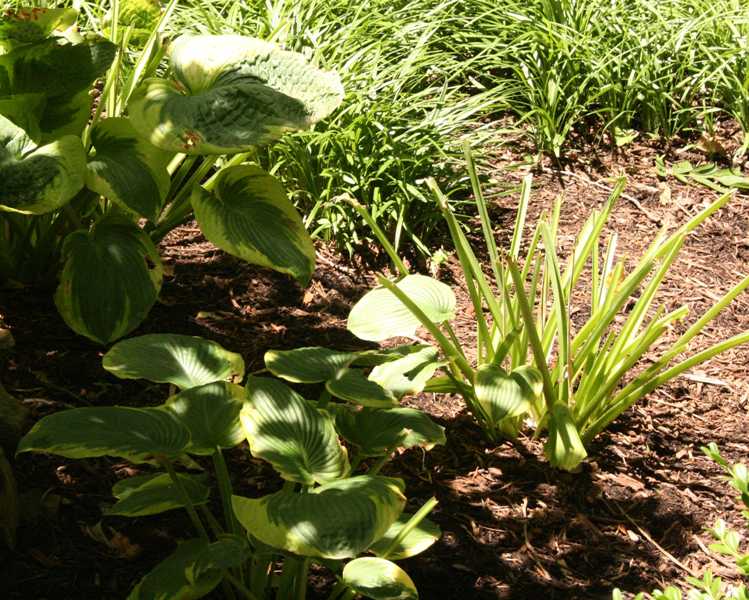
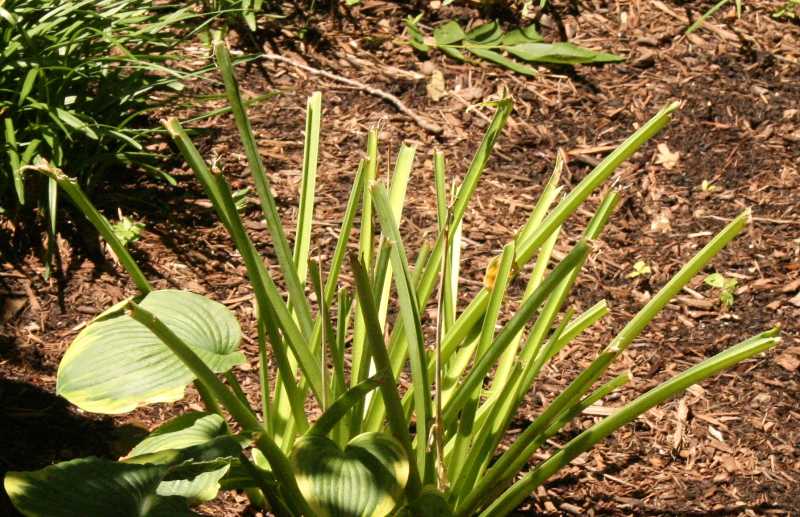
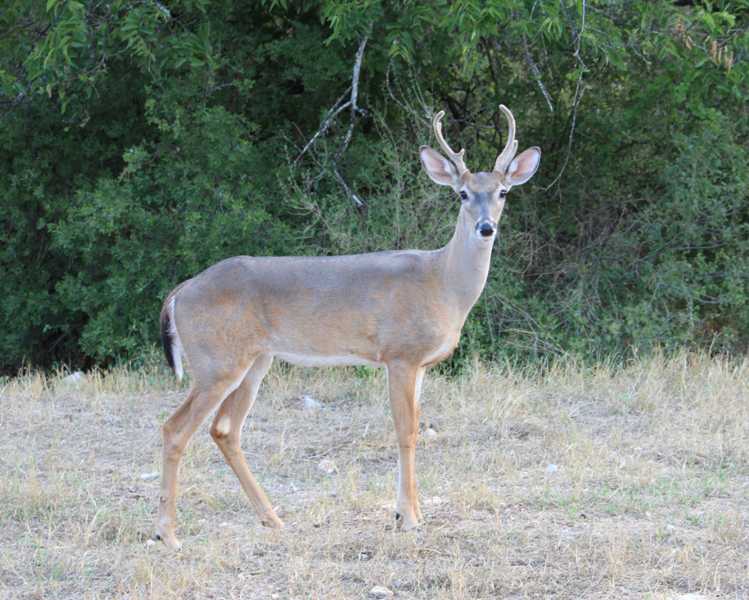
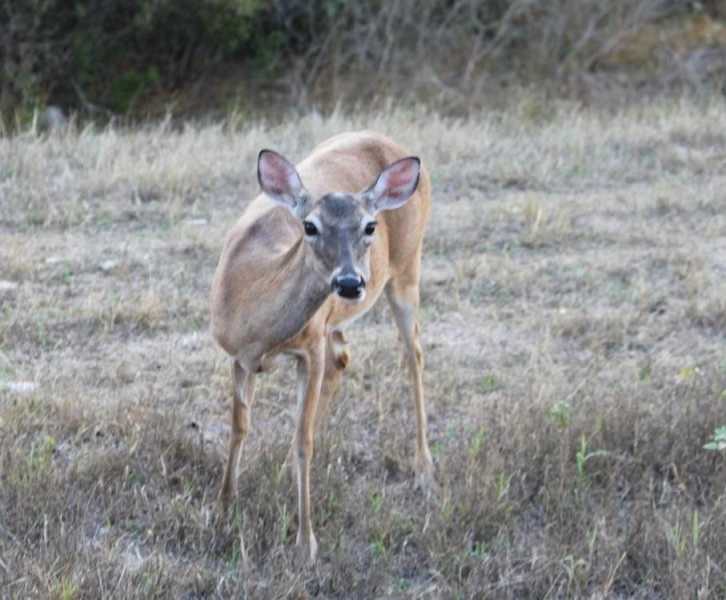
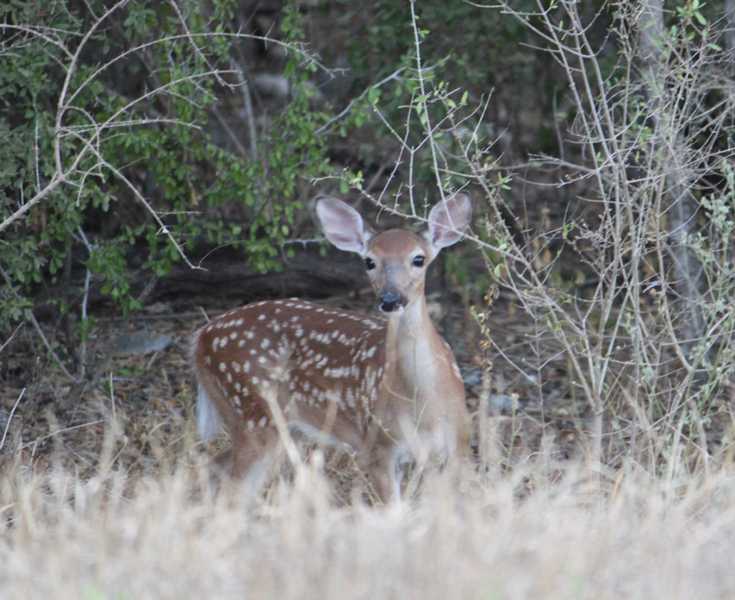
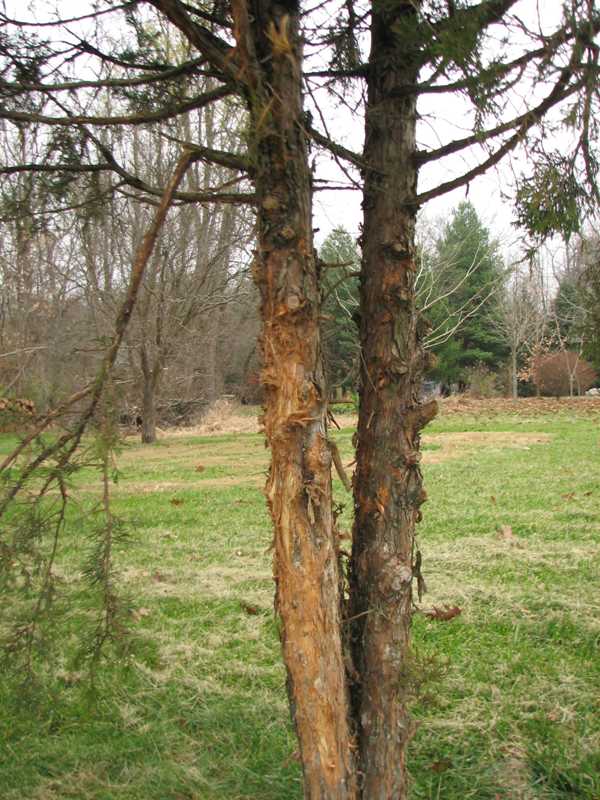
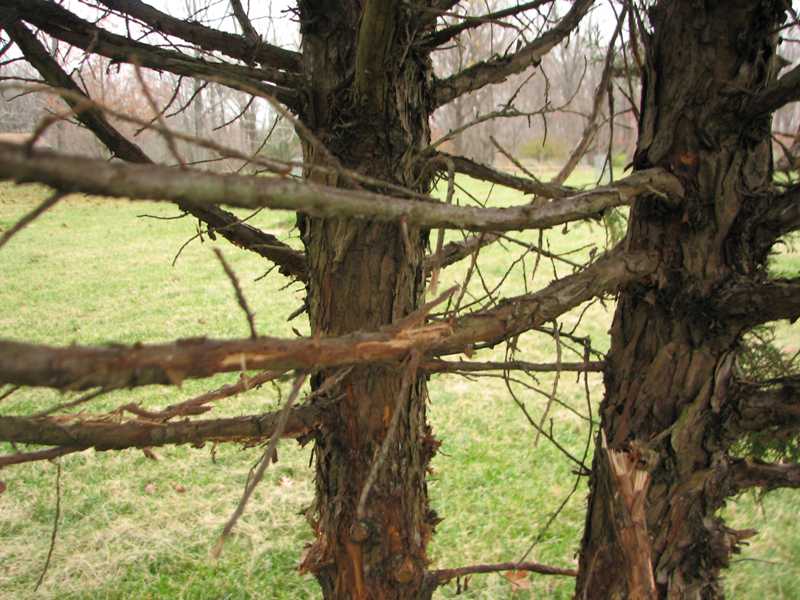
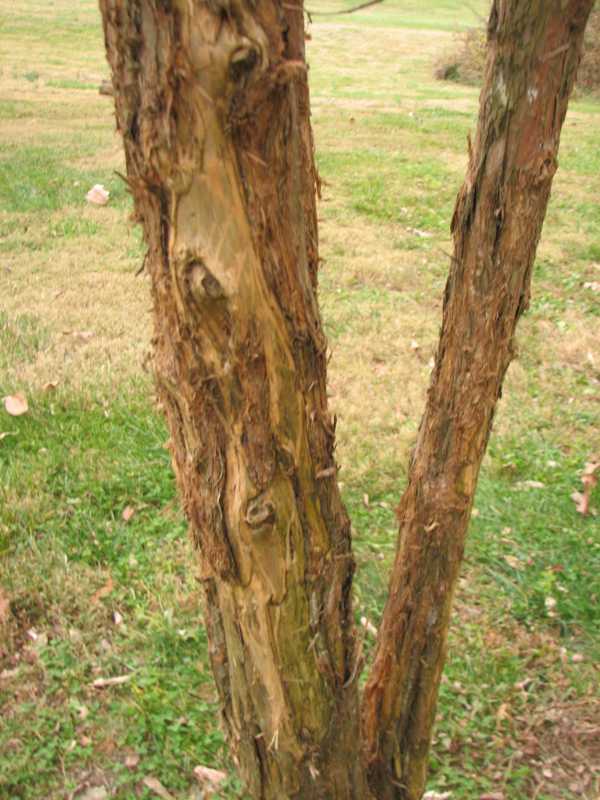
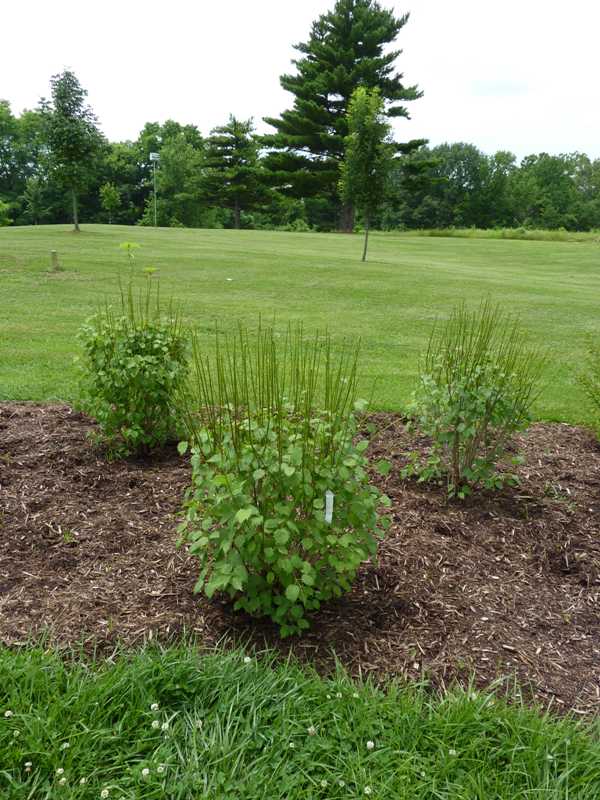
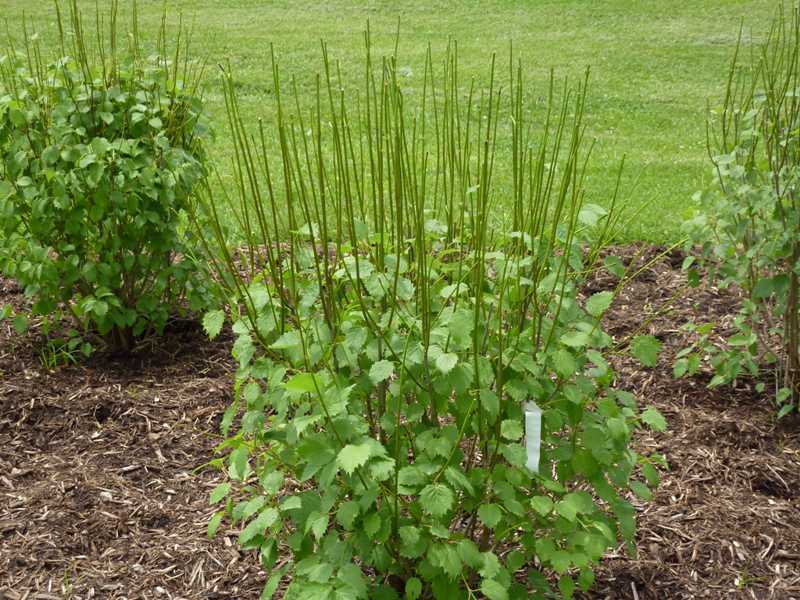
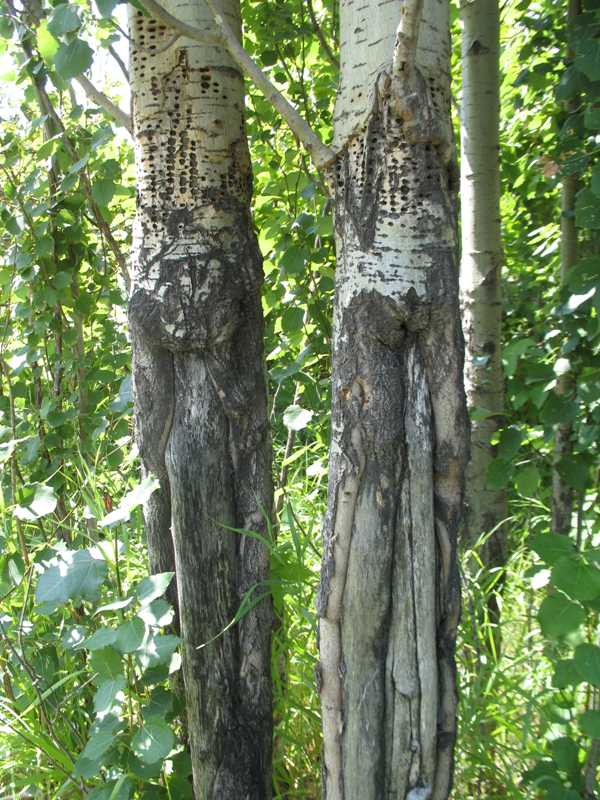
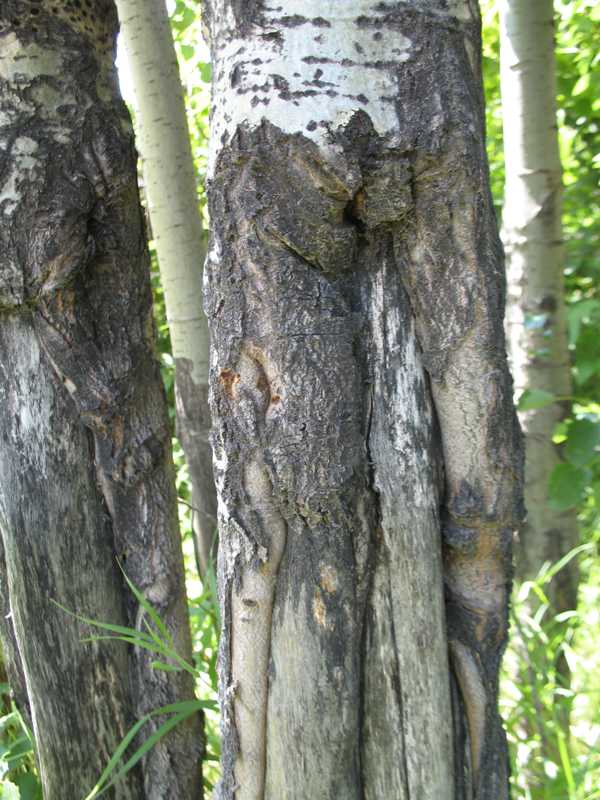
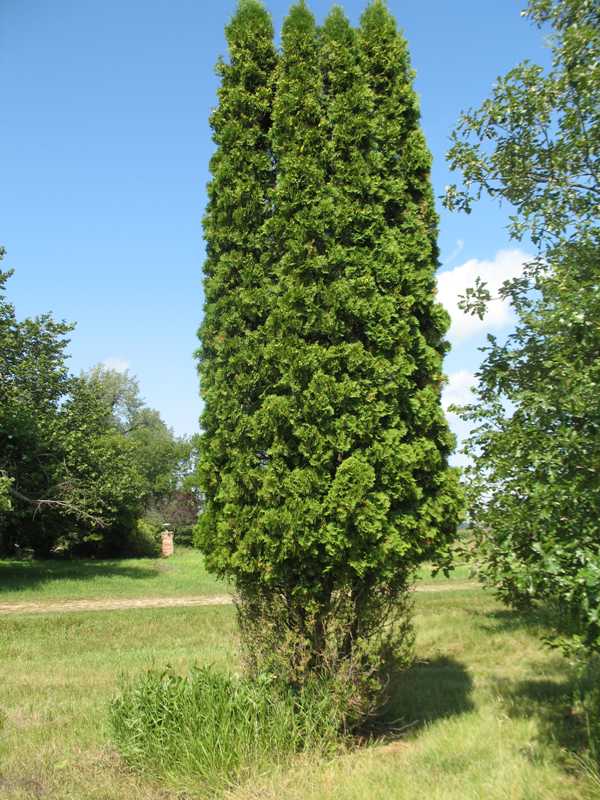
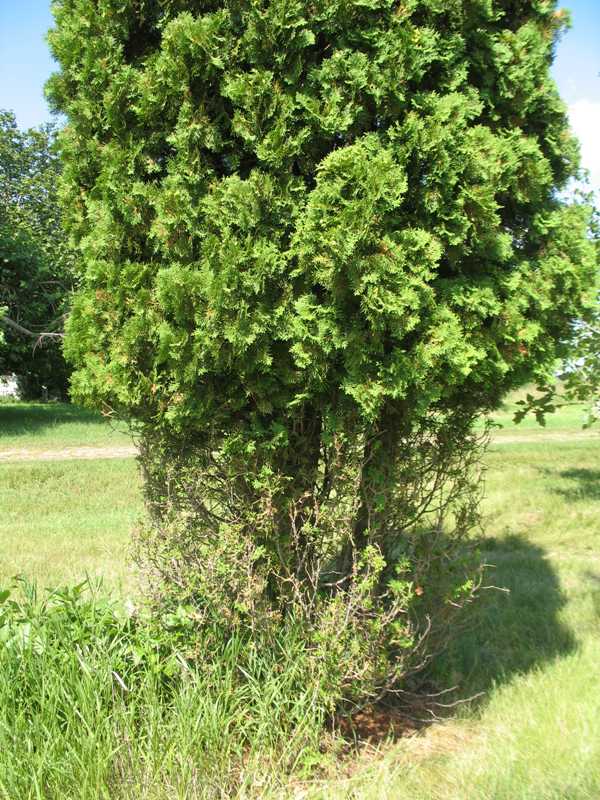
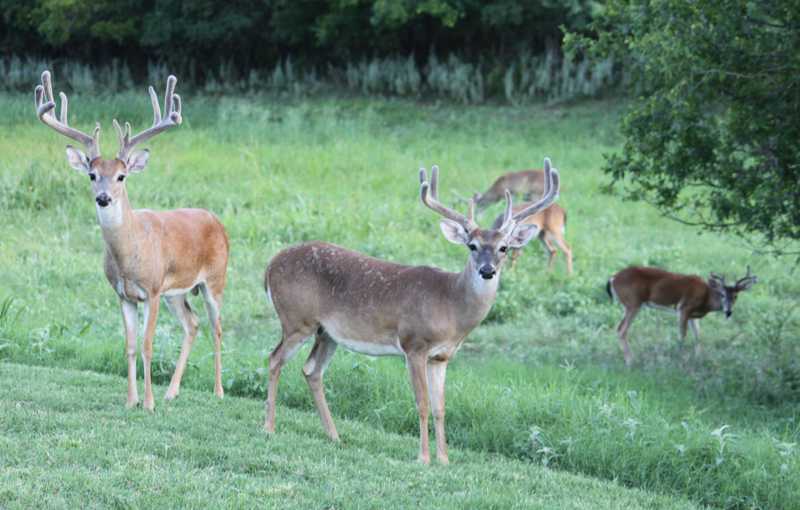
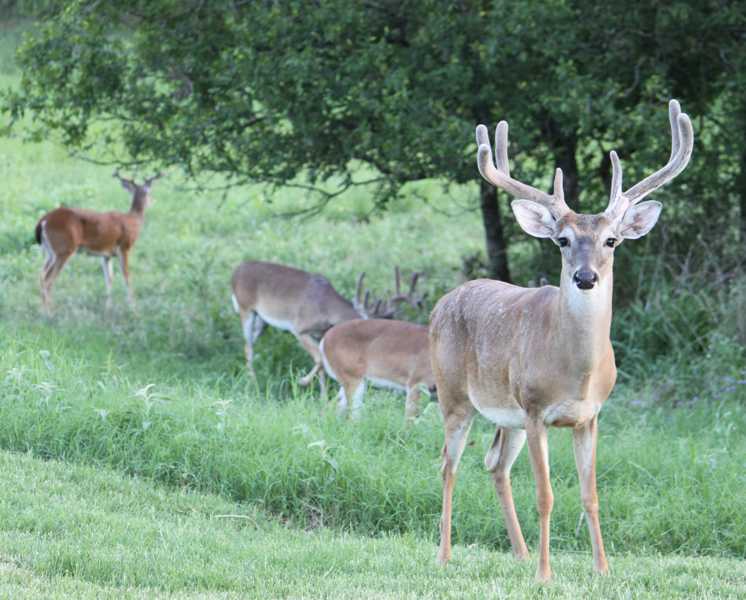
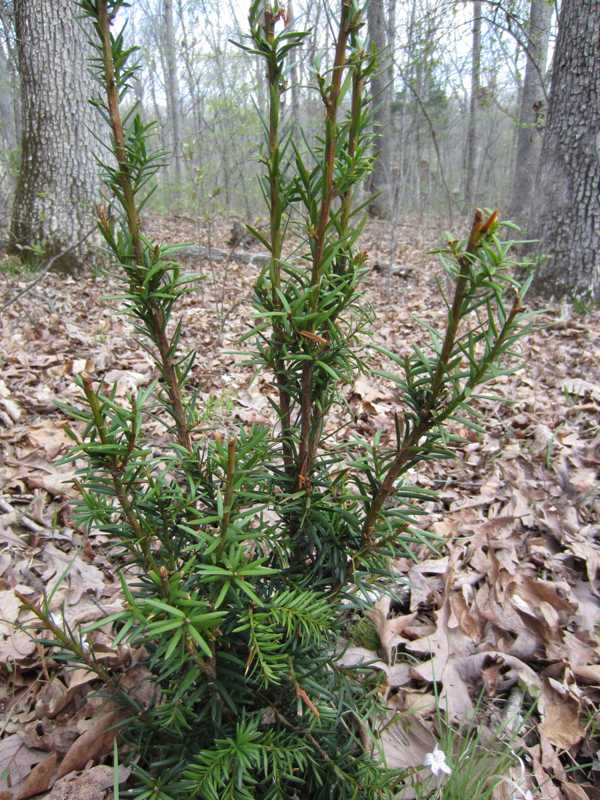
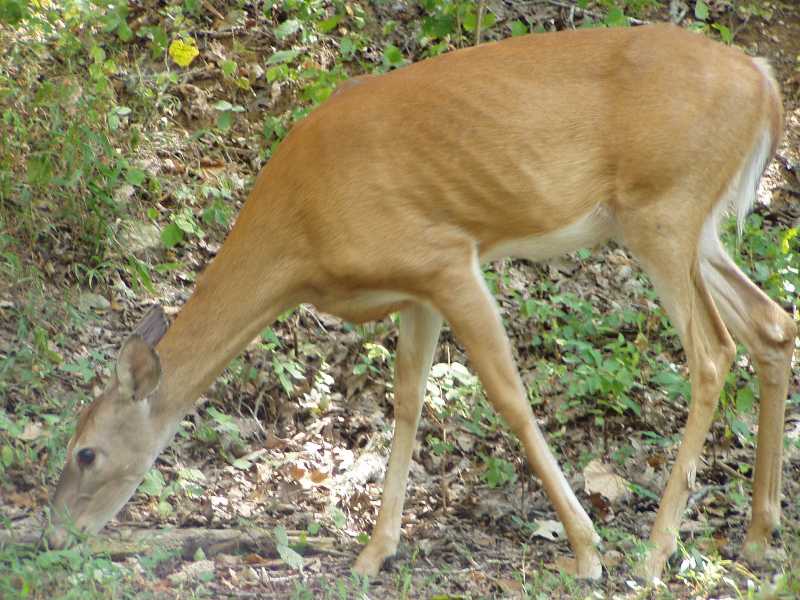
0 Response to "Use Baby Dish Soap to Kill Weevils on Forsynthia Plant"
Post a Comment